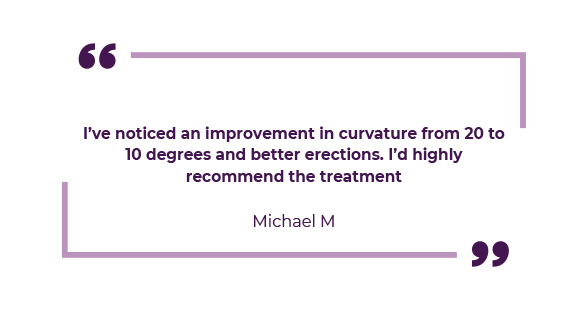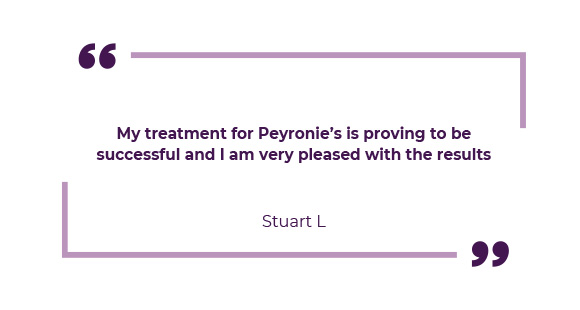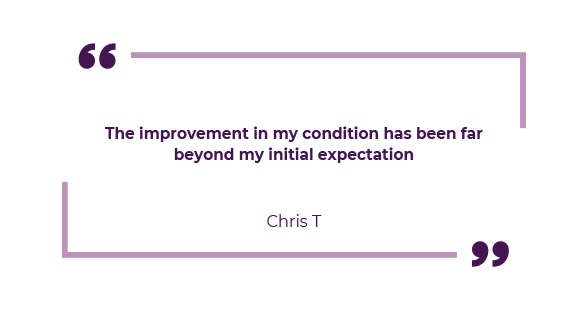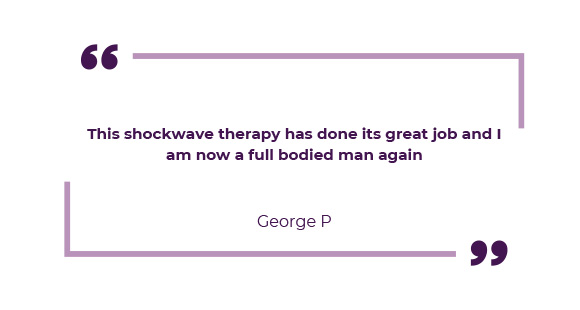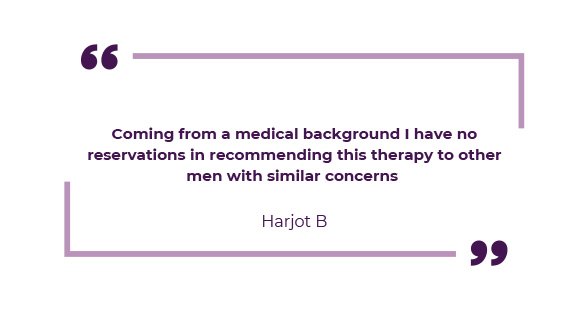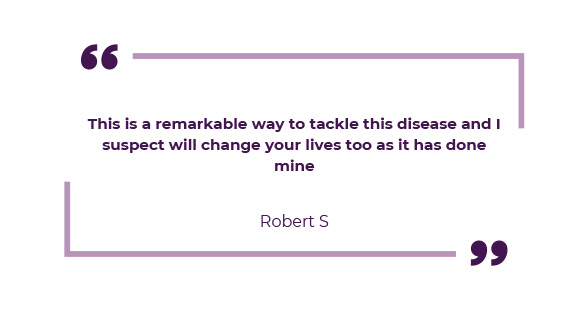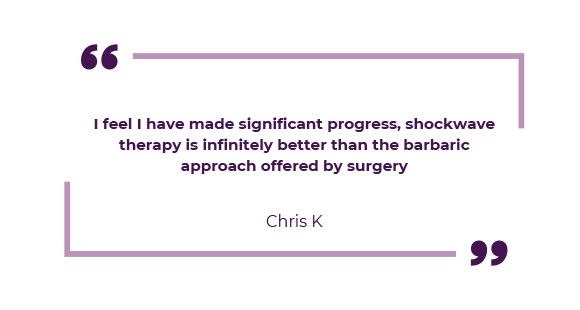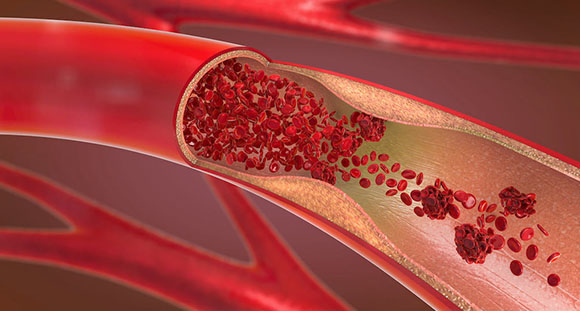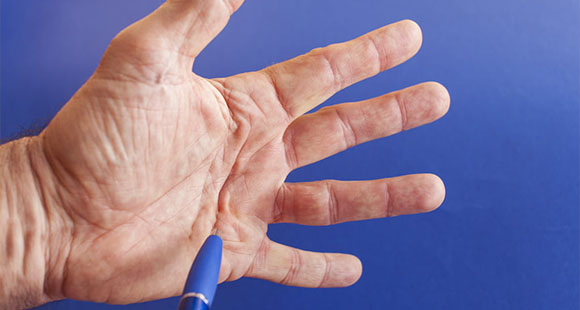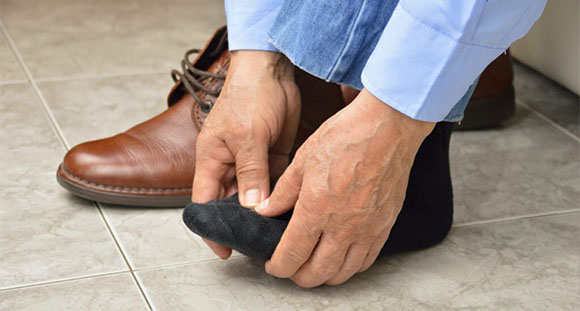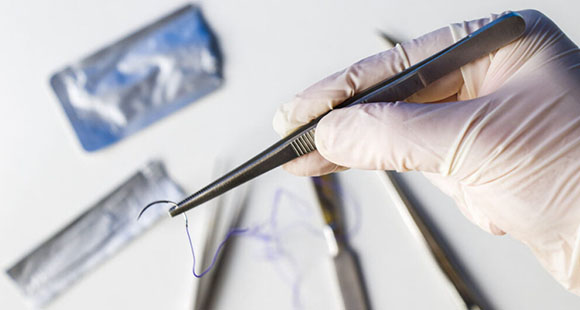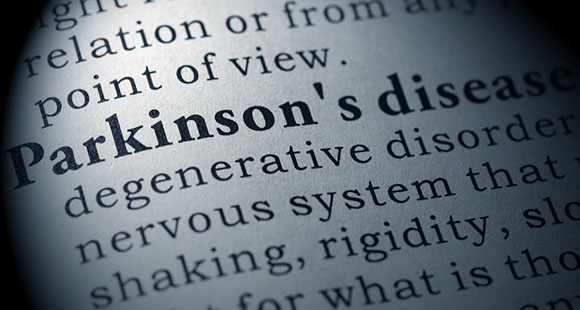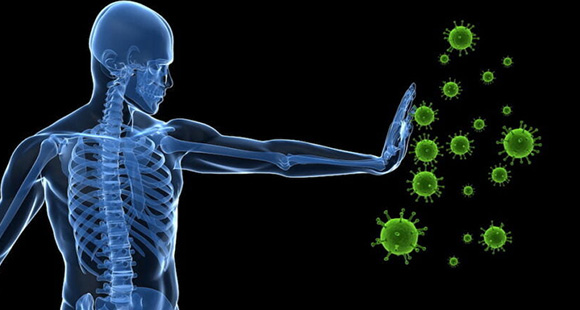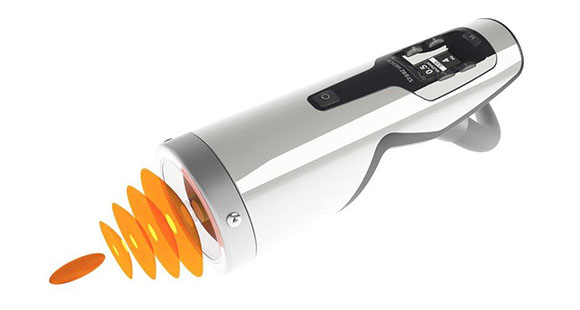Peyronie's Disease - Your Treatment Options
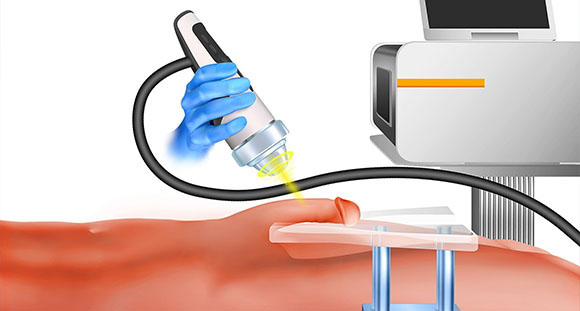
Shockwave Therapy for Peyronie's Disease
As one of the leading approaches for managing Peyronie's Disease, this innovative therapy has become widely regarded for its potential benefits. Originally developed to break up kidney and gallstones, the technology is now used to address plaque in the penile tissues. Not only is it a non-invasive procedure with minimal discomfort, but many patients report notable improvements in curvature within weeks. An additional benefit, as shared by patients, includes enhanced quality of natural erections.
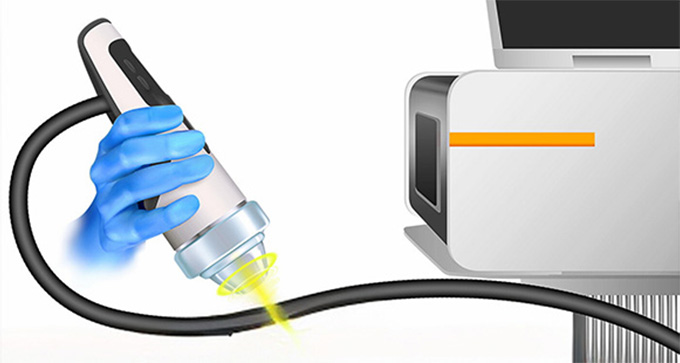
medical illustration showing shockwave therapy.
Find out more how MansMatters can help you.
Contact us for a free 20-minute consultation with our men's health specialists.
Arrange a Complimentary Telephone Consultation
Book a Treatment or Diagnosis
Receive More Information
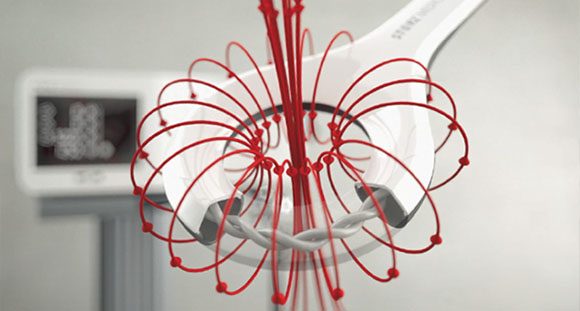
EMTT Therapy
Extracorporeal Magnetotransduction Therapy (EMTT) offers a non-invasive approach to address various types of pain and injury. Its potential extends to supporting men's health, including conditions such as Peyronie's Disease.
Within our comprehensive treatment protocols, the inclusion of this ground-breaking therapy has become essential. By combining Extracorporeal Shockwave Therapy (ESWT), NanoVi Exo, and Functional Magnetic Stimulation (TESLA Chair) with EMTT, we have observed notable improvements for individuals managing Peyronie's Disease. This integrated approach represents a significant advancement in treatment.
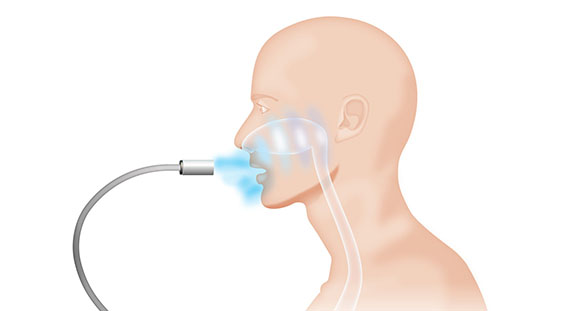
NanoVi® Technology
NanoVi® aids in supporting cellular health and addresses factors that may impact DNA, including lifestyle, ageing, and dietary choices. This non-invasive technology supports the immune system and helps maintain energy levels, promoting overall health and well-being without the use of harmful chemicals. Additionally, NanoVi® supports healthy endothelial functions in key areas of men's health.


The E-Shot™
To carry out the E-Shot™, a small sample of your blood is extracted, isolating components that support natural healing mechanisms. These elements are then painlessly and directly injected into penile tissues to support natural function and well-being. Our non-surgical and painless procedure is designed to provide a safe and comfortable experience.
The E-Shot™ is a clinically developed procedure aimed at supporting penile health by encouraging healthy blood flow and tissue support. This approach aims to improve comfort and general function.
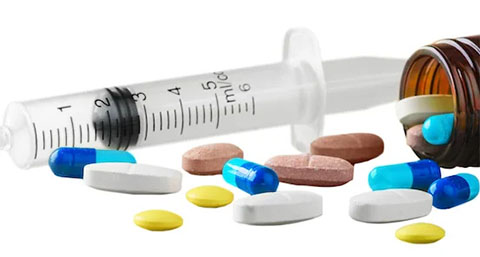
Prescribed Medication
There are various treatment options available for Peyronie's Disease, ranging from oral medications to topical treatments that provide external pain relief. Your doctor or urologist may recommend these approaches - However, it's important to note that none of these treatments can halt the progression of the disease. Nonetheless, recent evidence suggests that approximately 10% of individuals with mild Peyronie's Disease may experience a natural resolution of their condition, resulting in minor curvature of the penis.

Medical illustration of medical vacuum pump

Medical Vacuum Pump
eatment for Peyronie's Disease typically includes a combination of stretching exercises for penile health and the use of a vacuum pump to support penile health and minimise curvature. The recommended routine involves using the vacuum pump twice a day for 10-minute sessions. Additionally, a mechanical modelling technique may be employed alongside Xiapex Injection therapy, which targets plaque associated with curvature.
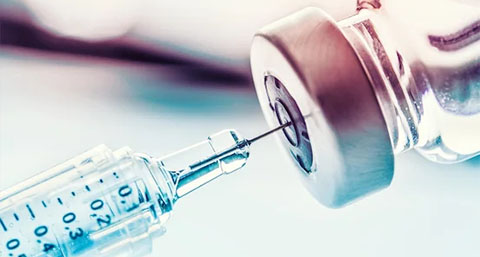
PD Injections
In the UK, there are currently no medically approved injections specifically for treating Peyronie's Disease. However, such injections are available in other parts of the world. For instance, the United States Food and Drug Administration has approved a drug containing an enzyme called collagenase. This medication is injected directly into the plaque within the penis, aimed at breaking down plaque and addressing curvature.
To pursue results, a treatment regimen involving four cycles of injections over several weeks is typically followed. Clinical trials in the United States indicated potential benefits in curvature improvement, though the manufacturers of the drug have chosen to withdraw it from the European market to focus on their domestic market

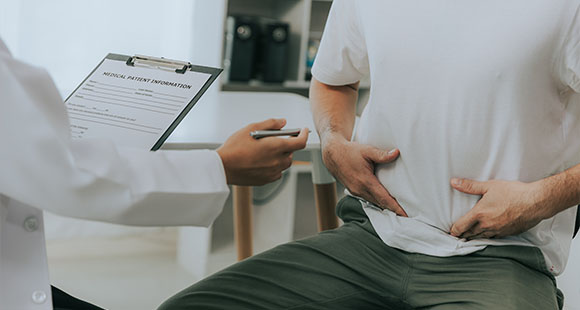
Medical illustration of penile implant
Penile Implants – Peyronie's Disease
Penile implants have been used as a treatment option for severe cases of Peyronie's Disease, characterised by a curved penis and painful erections. This approach is often considered when individuals experience both Peyronie's Disease and erectile dysfunction.
The implant is surgically inserted into the penis and operates through a mechanical pump to assist in generating an erection. However, it's important to note that, while the implant provides a solution for achieving an erection, it prevents the ability to achieve spontaneous erections. Depending on the type of prosthesis used, patients may experience changes in sensitivity and penile length
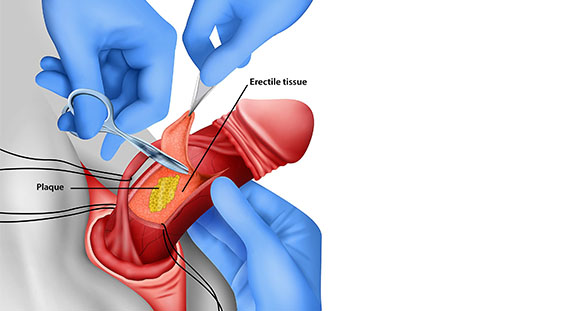
Surgical Graft – Peyronie's Disease
Surgical intervention is considered for men experiencing complex or severe penile curvature, typically during the stable, chronic stage of Peyronie's Disease, usually after an 18-month period.
The procedure involves excising a portion of the fibrous plaque and replacing it with a graft made from animal or synthetic materials. Nerves near the top of the penis or the urethra are carefully addressed during the surgery and restored afterward.
Grafting is generally considered when there is significant curvature or when the penis's length is insufficient for penile plication. While the surgery can provide significant improvements, some patients may experience temporary challenges with erectile function or changes in sensitivity following the procedure. Patients are usually instructed to perform penile stretching exercises and follow prescribed medication regimens during recovery
 edical illustration of surgical graft
edical illustration of surgical graft
Medical illustration of surgical plication

Surgery – Penile Plication or Nesbitt Technique
Penile plication or the Nesbitt technique is a surgical option for treating Peyronie's Disease, typically recommended for patients with moderate curvature (less than 60 degrees) and without erectile dysfunction. This procedure is generally performed during the stable, chronic phase of Peyronie's Disease, approximately 18 months after the condition begins.
The procedure involves shortening the longer side of the penis to match the side with fibrous plaque. A slight reduction in penile length (usually no more than 1 cm) may occur with each 15-degree curvature, though the procedure is often successful in improving function and appearance.
While this surgery can offer significant improvements, some patients may experience mild discomfort related to the healing process as the body adjusts to sutures. Patients typically recover well and return to normal activities after the procedure
What have our past clients said about our Peyronie's Disease treatments?
The original handwritten copies of our testimonials can be read at our clinic when you come to visit us.
Peyronie's Disease FAQs
What is Peyronie’s Disease or PD?
Peyronie’s Disease is a medical condition in men that can cause severe penile curvature or other forms of deformity. This condition can also lead to significant pain in the penis, impacting a man's ability to achieve satisfactory sexual experiences. PD occurs due to the formation of fibrous plaques in the inner lining of the penis
How Does PD Affect a Man's Sex Life?
PD can have a significant impact on a man’s sex life. If the penile curvature is severe and associated with pain, it may make having sex extremely difficult and may even hinder sexual activity in severe cases. This condition can also affect the psychological well-being of those affected.
How Does PD Affect Couples?
PD not only affects men but also has a negative impact on their romantic relationships. A lack of satisfactory sex can affect the emotional well-being of both the man and his partner. Frustrations may arise, potentially leading to stress and anxiety. If the issue is not treated, it may contribute to significant relationship challenges.
Is Peyronie’s Disease a Common Problem?
While Peyronie’s disease is not as common as erectile dysfunction, according to clinical research data, it is estimated that approximately 10% of men in the UK may experience PD
Can Peyronie's Disease Just Go Away?
Some mild cases of Peyronie’s Disease have been reported to resolve without treatment, but spontaneous resolution of penile curvature or plaques without treatment is uncommon. It’s advisable to consult with a specialist to assess the severity of PD and determine the most suitable treatment options for you
What is the Most Common Cause of Peyronie’s Disease?
The most common cause of Peyronie’s Disease is penile injury or trauma. Injury to the penis can occur due to various factors, including accidents and vigorous activities, such as sports or sexual intercourse. Additionally, repeated attempts at sexual intercourse with weak or incomplete erections may contribute to the development of PD, so if you experience weak erections, it is advisable to seek help for erectile dysfunction
Is Penile Injury the Only Cause of PD?
No. Although penile injury is the most common cause of Peyronie’s Disease, there are other known causes as well. Having a family member with Peyronie’s Disease may increase the risk for other men in the family. Additionally, research suggests that men with Dupuytren’s contracture or Ledderhose disease may have a higher propensity to develop Peyronie’s Disease
Does Peyronie’s Disease Make the Penis Smaller?
Peyronie’s Disease may lead to a reduction in penile length. Shockwave therapy for Peyronie’s Disease may improve blood vessel function and potentially assist in restoring length.
Can Smoking Increase the Risk of Developing PD?
Although smoking doesn’t directly cause Peyronie’s Disease, various research studies indicate that smoking may increase the risk of developing the condition.
Is There Any Relationship Between Peyronie’s Disease and Testosterone Hormone Level?
Studies have shown that Peyronie’s Disease and testosterone are not directly linked. However, men with PD may have lower testosterone levels
Is High Blood Pressure Associated with PD?
Yes. High blood pressure is associated with Peyronie’s Disease, as it may contribute to the risk of developing it in men. Additionally, high cholesterol levels may also contribute to the risk of developing PD
Is There Any Link Between PD and Diabetes?
Yes. Studies have shown that there is a strong link between diabetes and Peyronie’s Disease (PD). Men with diabetes may have a significantly higher risk of developing PD compared to men without diabetes.
Are There Any Other Risk Factors for PD?
Other factors that may contribute to the risk of Peyronie’s Disease (PD) include ageing, Paget’s disease of the bone, Lupus, Sjögren’s Syndrome, and prostate cancer surgery.”
Is There Any Connection Between Peyronie’s Disease and Dupuytren’s Disease?
Research has indicated that men with Dupuytren’s disease may have an increased risk of developing Peyronie’s Disease (PD), a correlation recognized since 1828
Does PD Play Any Role in the Development of Depression?
eyronie’s Disease (PD) may contribute to stress, anxiety, and depression in men. These psychological issues can, in turn, negatively impact overall and sexual health
Can a Man Suffer from ED Due to PD?
Yes. Men with Peyronie’s Disease (PD) may experience increased difficulty in obtaining and maintaining erections.”
What is the Relationship Between PD and ED?
Fibrous plaques associated with Peyronie’s Disease (PD), which cause the penis to bend, may also impair penile blood flow, which is necessary for obtaining and maintaining erections. Additionally, stress, anxiety, and depression caused by PD can significantly contribute to the development of erectile dysfunction in PD patients.
What are the stages of PD?
There are primarily two stages of Peyronie’s Disease (PD). Stage 1 is known as the acute phase, and Stage 2 is known as the chronic phase. In the acute phase, fibrous plaques start to form, and patients may experience pain in the penis. In the chronic phase, penile plaques become fully formed, and pain may subside.
Can Peyronie’s Disease be Avoided?
Peyronie’s Disease (PD) cannot be avoided with 100% certainty. However, the risk of developing this disease may be reduced by leading a healthy lifestyle and avoiding penile injuries, such as vigorous sexual activity or contact sports like rugby.
Can Peyronie’s Disease be Treated?
Yes. With effective treatments, it may be possible to reduce penile curvature and improve the condition of Peyronie’s Disease (PD).
Can Non-invasive Treatments be Effective in the Treatment of PD?
Yes. Non-invasive treatments are often preferred as the first line of treatment for most patients. Our modern non-invasive procedures may help to minimise penile curvature and treat Peyronie’s Disease (PD)
What Type of Treatments Do You Provide to Treat Peyronie’s Disease?
We provide non-invasive treatments for Peyronie’s Disease (PD). Our advanced treatment protocol consists of focused shockwave therapy, EMTT, and NanoVi
How Effective is Shockwave Therapy in Treating PD?
Not all shockwave treatments are equal, and some are not suitable for treating Peyronie’s Disease (PD); however, our focused shockwave therapy may help to minimise penile curvature and improve blood flow in the penis. We have treated hundreds of men suffering from PD using focused shockwave therapy along with a combination of complementary therapies
How Does Shockwave Therapy Treat PD?
Shockwave therapy uses special shockwaves to break down the fibrous plaques in the penis, which may help to reduce penile curvature. The plaques displaced during the treatment are absorbed by the body. Shockwave therapy also generates new blood vessels, which may improve blood flow in the penile tissues
Is Shockwave Therapy Compatible with Other PD Therapies?
Yes. Shockwave therapy can be combined with our other treatments for Peyronie’s Disease (PD), including EMTT and NanoVi.
Are Non-invasive PD Treatment Therapies Safe?
Yes. Our treatment procedures are completely safe. None of our treatments have any sort of negative side-effects.
Knightsbridge
Richmond
Related Medical Conditions
Lifestyle
Men's Health
Erectile Dysfunction & Other Conditions
Useful Links
MansMatters is a Division of:

Privacy Policy | Terms & Conditions







